| JPG (click for full resolution) |
Other formats |
Description/caption |
Credit information |
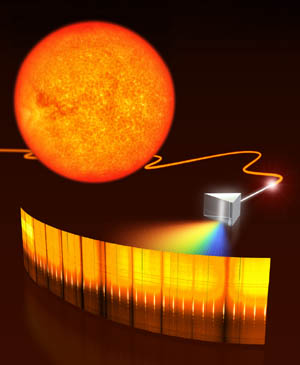
|
none |
Scheme of the experiment: Using a telescope the light from
the Sun or another star is coupled to an optical fibre that guides it
to a spectrometer (prism) in order to resolve the spectral lines. The
spectral lines from the Sun (Fraunhofer lines) appear in dark because
they emerge from absorbing atoms and ions inside the Sun's photosphere.
Superimposed are the short bright spectral lines of the pulsed laser that
makes up the frequency comb. This also reveals the origin of the name
for that regular structure, the frequency comb. |
ESO |
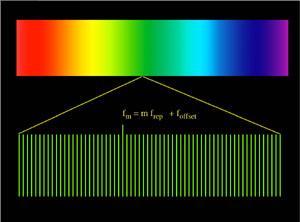
|
none |
The frequency comb, which is the light from the pulsed
laser, consists of many colours which is only revealed when observed
with a high-resolution spectrometer such as typically used in
astronomical telescopes. The spectral lines of the comb can be
stabilized to the frequency given in the graph using an atomic
clock. |
Theodor Hänsch |
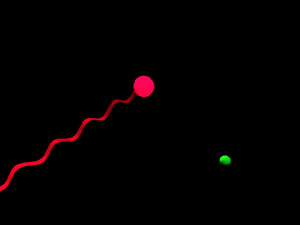
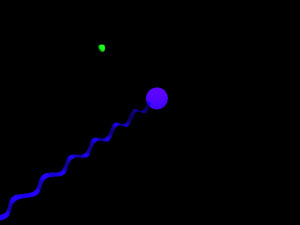
|
avi movie |
The orbiting of a planet (green) around a star
imposes a wobbling movement of that star which is greatly exaggerated in this sketch.
This motion is synchronized with the orbit of the planet and causes
a periodic variation of the spectral lines or colour of the star. This color
change is greatly exaggerated. In reality one needs the precision of
an atomic clock to see it when dealing with a small planet like
Earth.
|
Thomas Udem |
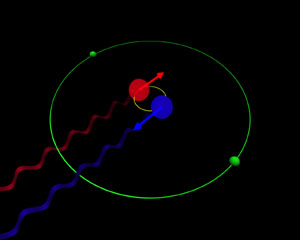 |
none |
The
orbiting of a planet (green) around a star imposes a return movement of
that star which is largely exaggerated in this sketch. The result in a
quiver motion is synchronized with orbit of the planet that causes a
periodic variation of the spectral lines or colour of the star. Also
this colour change is greatly exaggerated. In reality one needs the
precision of an atomic clock to see it when dealing with a small planet
like Earth. |
Thomas Udem |
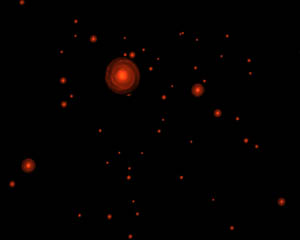
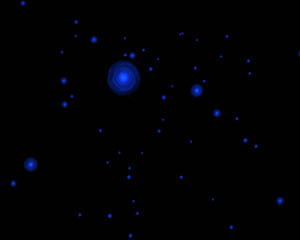 |
avi movie |
Through the expansion of the universe all
galaxies seem to
move away from us. Because of that their spectral lines are all shifted
towards red as Edwin Hubble figured out already in the 1920's. On the
other hand,
if the universe contracted the spectral lines of the
galaxies would appear shifted towards blue as in the lower
graph. Through a minute change of the magnitude of the shift, as is now
measurable with the frequency comb, one can decide whether the universe
is indeed speeding, asthe cosmic microwave background data suggests assuming the valitity of general relativity.
|
Thomas Udem |
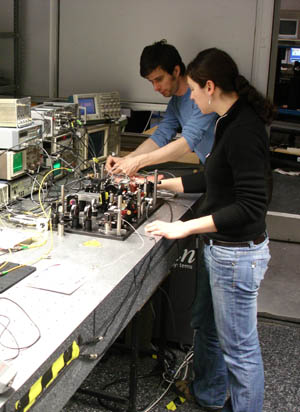 |
none |
Tilo Steinmetz (left) and Constanza Araujo-Hauck (right) aligning the frequency comb at the VTT solar telescope at Tenerife. |
Constanza Araujo-Hauck |















